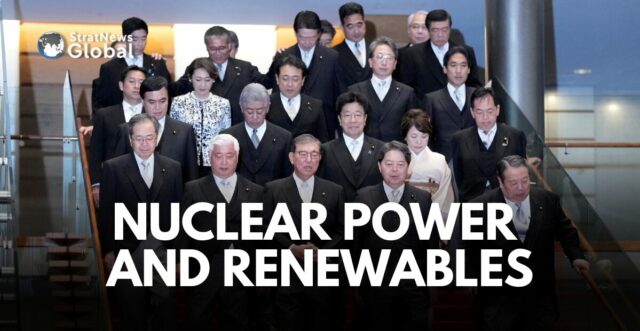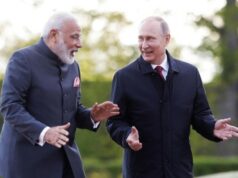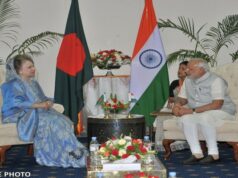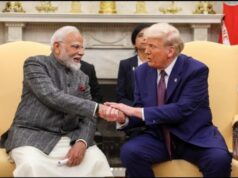Japan plans to continue safely restarting nuclear power plants and will use as much renewable energy as possible, Industry Minister Yoji Muto said on Wednesday, indicating no major shift in policy under newly appointed Prime Minister Shigeru Ishiba.
Before he won the leadership race of the ruling Liberal Democratic Party, Ishiba, who was sworn in on Tuesday, had pledged to do his utmost to cut out nuclear power.
He was the only candidate to oppose nuclear power usage in Japan, which relies on fossil fuel imports for two thirds of its electricity.
Switch In Energy Approach?
But shortly before becoming party leader, and by default prime minister, Ishiba stopped advocating for zero nuclear power, instead calling for the use of more renewable energy, including hydropower, and for more energy conservation.
“We can use renewable power to the maximum, and we will restart nuclear power, the safe one, as much as possible,” Muto told reporters at his first media event as the minister for economy, trade and industry (METI).
As demand for electricity is projected to grow as more data centres and semiconductor factories are set up, Muto said securing energy will be “the most important part of Japan’s growth”.
Japan’s Power Mix
Renewable energy, driven by solar, wind and hydropower, accounted for more than a quarter of Japan’s power generation mix last year, with coal and liquefied natural gas (LNG) making the bulk of the rest, according to consultants WoodMackenzie.
Nuclear power accounted for 9% of the total. Japan shut down all its nuclear reactors after a powerful 2011 earthquake and tsunami triggered a meltdown at the Fukushima nuclear plant, creating the world’s worst nuclear disaster since Chernobyl.
Japan now runs eleven nuclear power reactors, or a fifth of what it had before the meltdown, providing it with nearly 11 gigawatt of electricity. Reactor restarts contributed to an 8% fall in LNG imports last year to their lowest in 14 years.
However, imports of LNG and coal used in thermal power plants cost 12.4 trillion yen ($86 billion) last year alone, accounting for 11% of its total import bill and adding to living costs, an issue Ishiba must deal with as prime minister.
Restarting World’s Biggest Nuclear Plant
Tokyo Electric Power Co (TEPCO) is looking to restart its Kashiwazaki-Kariwa nuclear power plant, the world’s biggest, but lacks approval from the eastern Niigata prefecture whose governor is pushing for more safety assurances.
Muto said TEPCO had yet to address all the community safety concerns, but added that it was important to restart nuclear plants to balance supply, manage power prices and decarbonise.
Mika Ohbayashi, director with Renewable Energy Institute in Tokyo, said that the upcoming House of Representatives election on Oct. 27 and the dynamics within the ruling LDP party will determinate the future of discussions about the nuclear energy.”In terms of energy supply, it (nuclear power) can be reduced to zero,” Ohbayashi said, referring to the period more than a year after the Fukushima disaster when Japan stopped all its 54 reactors.
(with inputs from Reuters)





